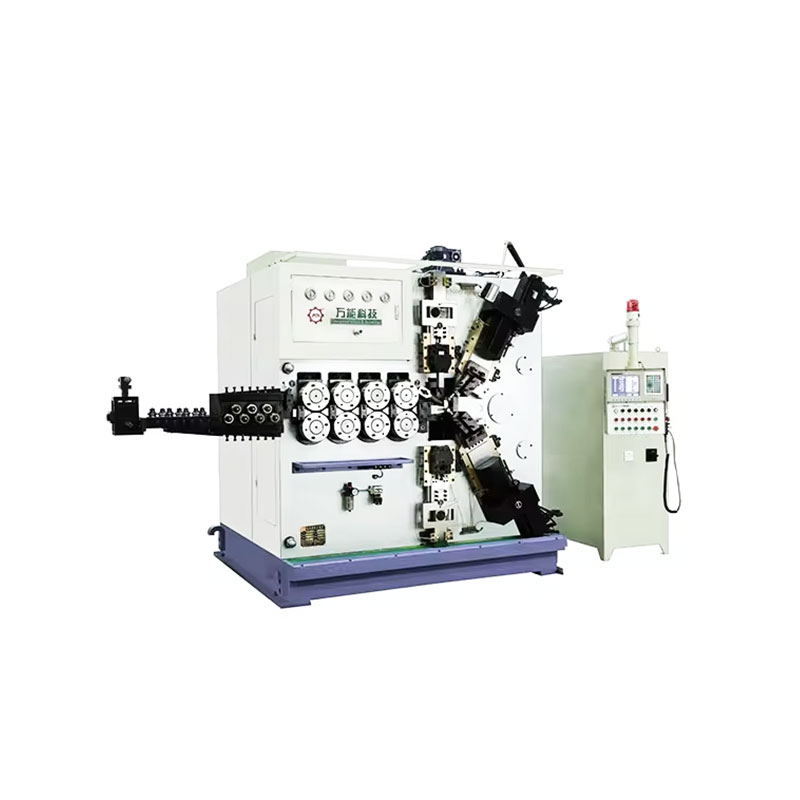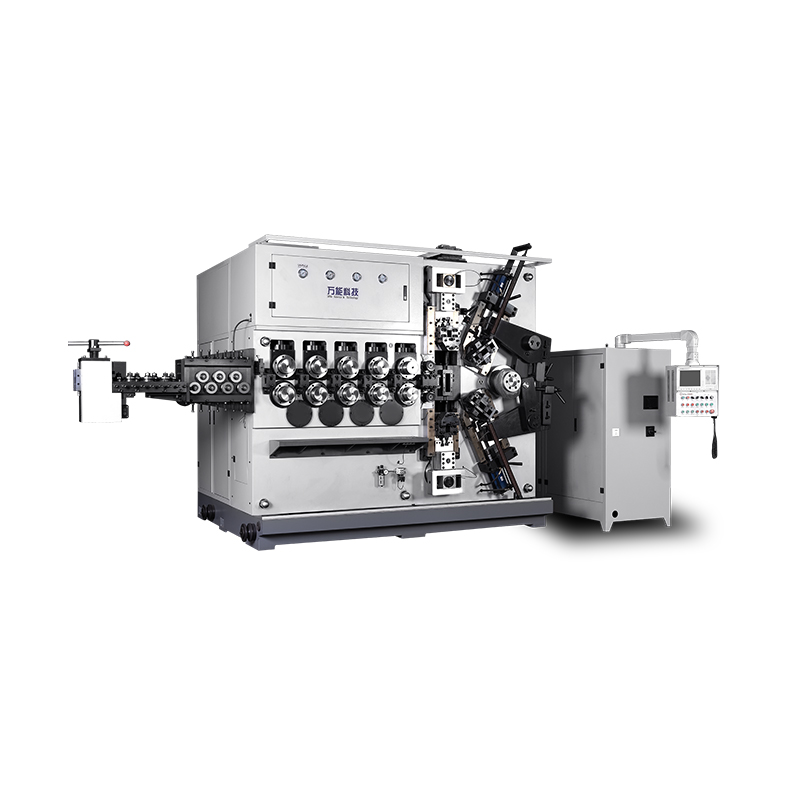In the process of tempering springs using a mobile tempering furnace, it is crucial to ensure the stability and reliability of the tempering effect, which involves precise control and comprehensive consideration of multiple factors. Precise control of tempering temperature is crucial to obtain ideal tempering results. Fluctuations in temperature can cause instability in spring performance. Therefore, mobile tempering furnaces should be equipped with a high-precision temperature control system to ensure that the temperature can be maintained constant during the tempering process. Generally, tempering temperatures between 250 and 280°C are considered ideal. However, this is not an absolute and the specific temperature will need to be adjusted based on the material type, size and desired properties of the spring. For example, with some special alloy springs, higher tempering temperatures may be required. Proper tempering temperature can significantly improve the toughness and fatigue life of the spring while maintaining a certain hardness and strength. If the temperature is too low, the spring may not achieve the desired toughness; if the temperature is too high, it may cause the spring to soften excessively, reducing its load-bearing capacity.
Standard tempering time is usually 5 minutes, but small springs may require longer holding times, up to 20 minutes. This is because smaller springs dissipate heat faster and take longer to achieve an even temper. The length of holding time directly affects the grain structure and stress distribution inside the spring. Too short a heat preservation time may lead to insufficient grain refinement, affecting the tempering effect; while too long a heat preservation time may cause the grains to grow excessively, reducing the strength and hardness of the spring. It is also very important to ensure uniformity of holding time. If the holding time is uneven, the tempering effect of different parts of the spring may be inconsistent, thus affecting its overall performance.
Springs of different materials respond differently to tempering. For example, the outer diameter of carbon steel springs will shrink during the tempering process, so a certain size needs to be reserved when coiling the spring. The chemical composition of the spring material also affects its tempering effect. For example, the presence of alloying elements can significantly increase the strength and toughness of a spring, but may also increase the difficulty of tempering it. The spring's previous heat treatment history (such as quenching temperature and cooling method) can also affect its tempering effect. Therefore, the heat treatment history of the spring needs to be fully understood and analyzed before tempering.
The quality of raw materials is one of the important factors affecting the spring tempering effect. High-quality raw materials have a more uniform chemical composition and fewer defects, which facilitates better tempering results. The processing method of the spring will also affect its tempering effect. For example, cold-drawn or cold-rolled springs may have large internal stresses before tempering, which need to be eliminated through appropriate tempering processes. The choice of quenching process and parameter settings also have an important impact on the tempering effect of the spring. The choice of quenching temperature and cooling rate needs to be adjusted according to the material type and desired properties of the spring.
Maintaining a stable and uniform atmosphere in the tempering furnace is crucial to obtaining uniform tempering results. The gas components such as oxygen and nitrogen in the furnace atmosphere and their proportions will affect the tempering effect of the spring. Therefore, the atmosphere in the furnace needs to be strictly controlled during the tempering process. How you cool down after tempering also affects the performance of your spring. Usually air cooling or water cooling is used for cooling. Air cooling can maintain the toughness of the spring, but may cause its hardness to decrease slightly; water cooling can quickly reduce the temperature of the spring, but may increase its brittleness. Therefore, the performance requirements and process conditions of the spring need to be comprehensively considered when selecting a cooling method.
During the tempering process, spring tempering by raising the temperature and shortening the time should be avoided. Although this approach can shorten the production cycle, it may lead to unstable spring performance. During the tempering process, you can observe the color change on the surface of the spring to judge its tempering effect. Tempering color is related to temperature and residues on the wire surface. Uneven color may be related to temperature distribution or air flow within the furnace. If you want uniform color, you need to manage the furnace and charging methods. During the tempering process, various parameters (such as temperature, time, atmosphere, etc.) and spring performance test results should be recorded in detail. Through the analysis of these data, the tempering process parameters can be continuously optimized to improve the quality and reliability of the spring.

TK-13200、 TK-7230 TK-13200、 TK-7230 12AXES CNC SPRING COILING MACHINE...
See Details
TK-13200、 TK-7230 TK-13200、 TK-7230 12AXES CNC SPRING COILING MACHINE...
See Details
TK12120 TK-12120 12AXES CNC SPRING COILING MACHINE...
See Details
TK-6160 TK-6160 CNC SPRING ROLLING MACHINE...
See Details
TK-6120 TK-6120 CNC SPRING ROLLING MACHINE...
See Details
TK-5200 TK-5200 5AXES CNC SPRING COILING MACHINE...
See Details
TK-5160 TK-5160 5AXES CNC SPRING COILING MACHINE...
See Details
TK-5120 TK-5120 5AXES CNC SPRING COILING MACHINE...
See Details